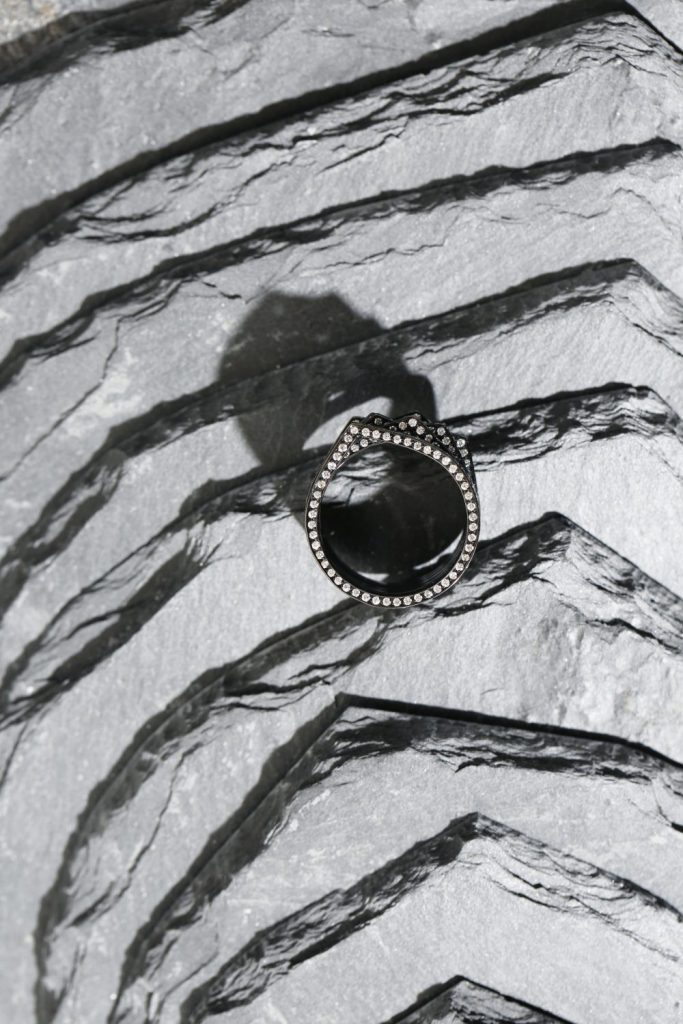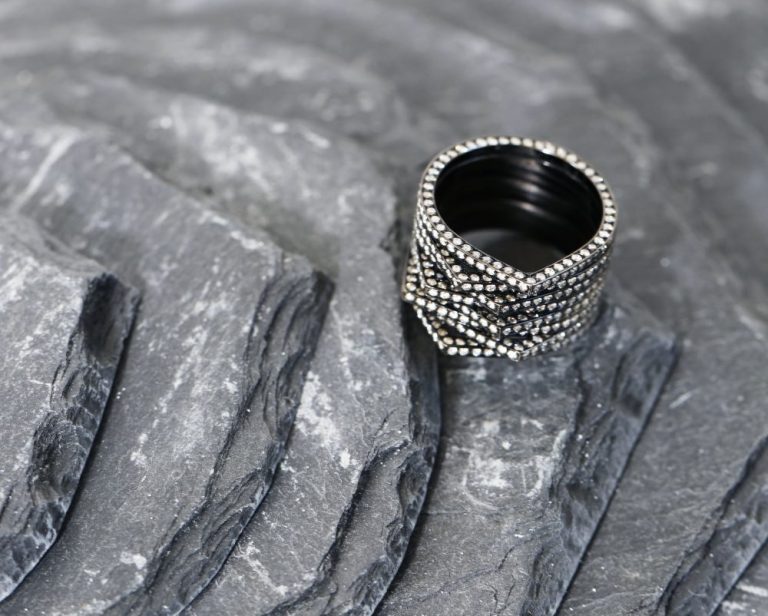

Gaia Repossi, an Italian-born and French-raised jeweller and Creative Director, boldly reinterprets the pearl, transforming this timeless gem into a provocative symbol of contemporary identity. Far from merely embodying purity, her designs intertwine elegance and audacity, creating a narrative that celebrates the complexities of modern femininity. Each piece becomes a striking statement – a harmonious blend of tradition and innovation – that encourages to embrace individuality. With Repossi’s signature aesthetic, the pearl emerges as a dynamic canvas for self-expression, reflecting a dialogue that challenges conventional beauty norms.
hube: In Limited Edition №5, you’ve reimagined the pearl – a symbol of purity and elegance – with a dark, modern edge. Was this an act of rebellion against tradition, or does it speak to something deeper about how we view beauty today?
Gaia Repossi: It’s a way to rethink classics with my own signature and stylistic codes applied to a classic take.
h: Your father, Alberto Repossi, mastered the pearl in the 1990s, yet you’ve chosen to twist its meaning for today’s audience. Do you feel you’re in dialogue with him through your work, or are you shaping something completely different?
GR: Absolutely, my father had a vivid influence on my choice of stones; he educated me and trained my eye for both stones and pearls. The pearls chosen for the ring reflect his taste for exceptionally high-end pearls, more aligned with mid- to high-end jewellery than with bourgeois codes. His love for pearls influenced me deeply – I remember him sourcing entire sets with perfect pearl gradients in necklaces, whose elegance and harmony made them extraordinary.

